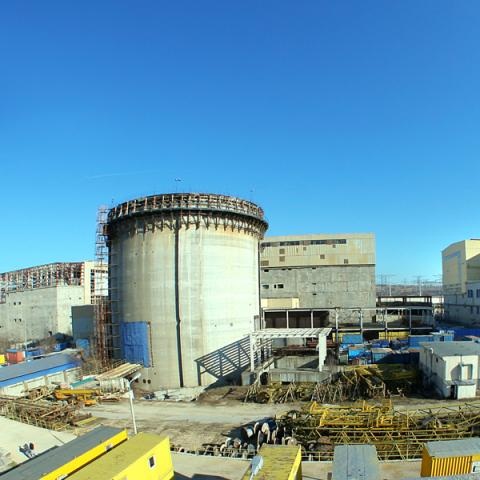Romania's nuclear security evaluation lacks enough info on earthquake risks

 The report on nuclear safety issued by Romania fully respects the stress test requirements in Europe but does not adequately address the issue of effects caused by a sudden transition from one state to another at the Cernavoda power plant in case of earthquakes and extreme external events, according to the Group of European Regulators for Nuclear Safety (ENSREG).
The report on nuclear safety issued by Romania fully respects the stress test requirements in Europe but does not adequately address the issue of effects caused by a sudden transition from one state to another at the Cernavoda power plant in case of earthquakes and extreme external events, according to the Group of European Regulators for Nuclear Safety (ENSREG).
The report elaborated by Romania in the so-called ‘stress tests’ released last year in EU countries with nuclear power is considered adequate and with an appropriate level of detail, except for earthquakes and extreme external events, which are not properly addressed. The report fails to address the weaknesses and the effects caused by a sudden transition from one state to another (“cliff-edge effects”) and to mention any measures to prevent these effects, says ENSREG.
The final report would be presented in autumm this year, when the European Commission could make proposals for legislation to improve nuclear safety. An intermediary progress report is also due in June.
The EU has 147 nuclear reactors in 14 countries, including Romania. Other 24 new reactors are in plan, and six of them are already under construction. Only 38 have been inspected so far within the stress tests.
According to the European Regulators Group in Nuclear Safety, the analysis on potential severe accidents is not yet part of the authorization process for nuclear reactors currently operating in Romania.
According to the current review, there is some information about the plant Cernavoda that complies with the basic design of flood risk, but there is limited information about the impact of extreme weather conditions.
The director of CNE Cernavoda, Ionel Bucur previously said that, according to the results of the stress tests for the nuclear plant in Romania, the Cernavoda plant is one of the safest in the world and there is no risk of causing a nuclear accident like the one at Fukushima.
The two reactors at Romania’s Cernavoda nuclear power plant produced around 7.7 million MWh in the first eight months of 2011, according to Nuclearelectrica. Several international companies have expressed interest in building reactors 3 and 4 at the Cernavoda power plant in Romania. The investment in reactors 3 and 4 was estimated at EUR 4 billion in 2008 but it will be reanalyzed, officials have said. The two new reactors should be finished in 2019. The project is led by EnergoNuclear, in which state company Nuclearelectrica controls 85.6 percent.
Ioana Toader, ioana.toader@romania-insider.com












